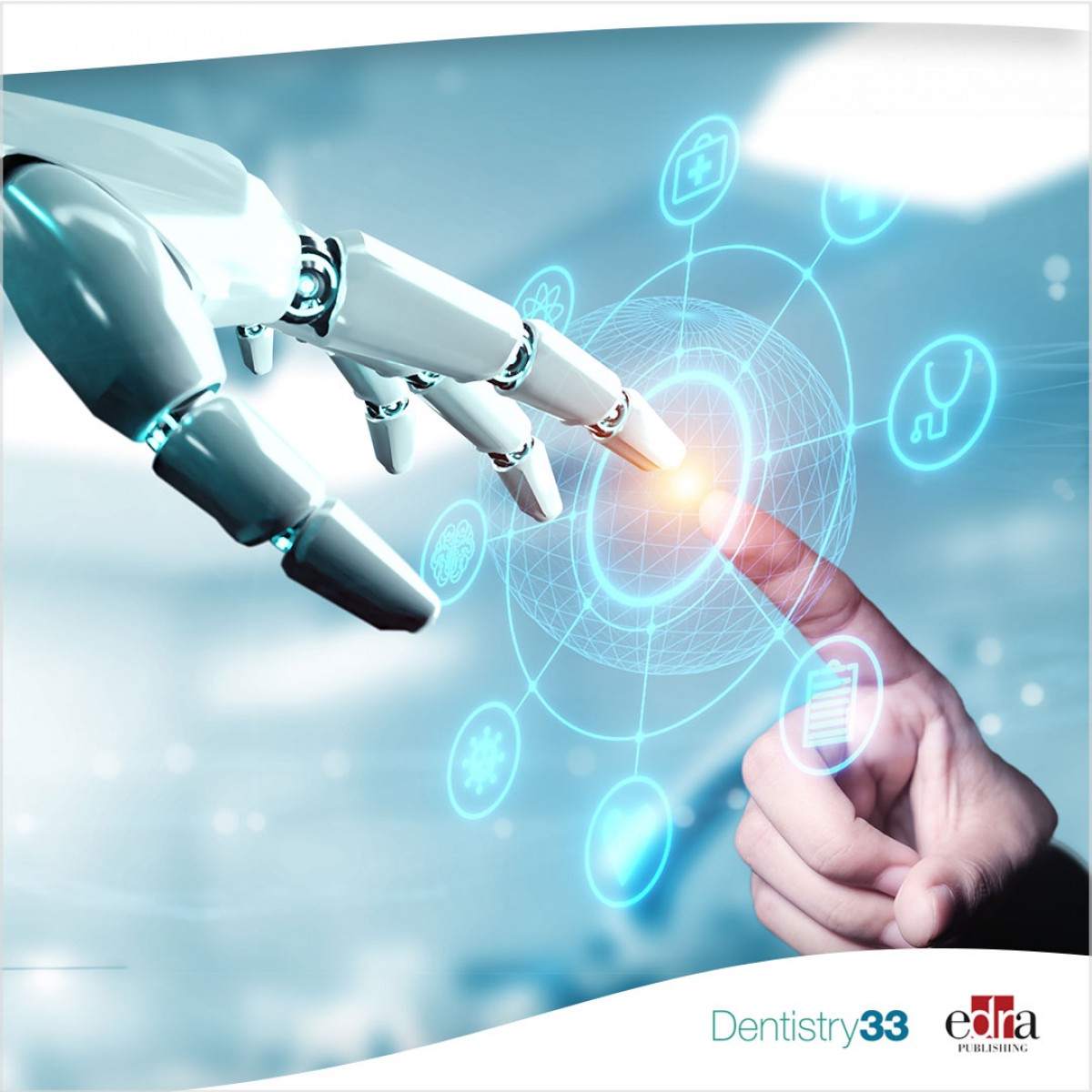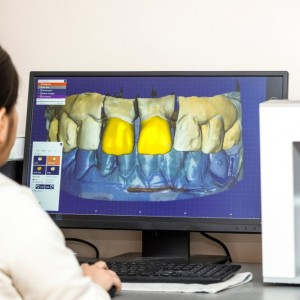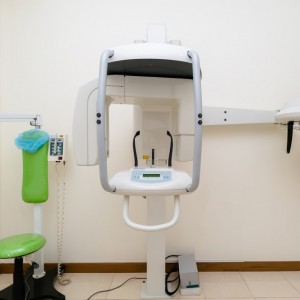
A robot that places dental implants
Lara Figini
Optimal 3D implant placement is essential for achieving long-term implant stability and rehabilitation success. However, the limited visibility of the operating field presents a problem even for expert surgeons. Issues include difficulties in freehand precision and greater complications due to positional failure, reported to be over 10%.
Robotic surgery has the advantages of high precision, efficiency, stability and operator variable cancellation, all of which can lead to improvements in implant placement accuracy while reducing the work intensity of surgeons. The first autonomous robotic system for dental implants (ADIR) was invented in 2016 and can conduct the surgical process according to pre-programmed procedures, without intervention by the surgeon.
Materials and methods
In a retrospective clinical study, published in the Journal of Prosthetic Dentistry in June 2023, the authors compared the accuracy of implants placed with a robotic autonomous dental implantology system (ADIR) compared with that of implants placed with the method of surgery computer-assisted static implant (sCAIS).
Researchers enrolled 39 participants in this retrospective study: 20 participants received implant surgery with the ADIR system, and 19 participants received implant surgery with sCAIS.
Preoperative and postoperative cone beam computed tomography (CBCT) scans after implant placement were recorded and evaluated throughout the study. Coronal, apical and angular deviations were measured and analyzed. A linear regression model was established to analyze the source of the deviation. MANOVA was used to compare differences in key outcome variables (a=.05).
Results
The team placed 60 implants in 39 participants (30 in each of 2 groups). The mean coronal, apical and angular standard deviation of the ADIR system group and the sCAIS group were found to be 0.43 ±0.18 mm versus 1.31 ±0.62 mm (P<0.001), 0.56 ±0 .18 mm versus 1.47 ±0.65 mm (P<0.001) and 1.48 ±0.59 degree versus 2.42 ±1.55 degree (P=0.003), respectively.
There was no significant difference in fit in the different regions of the implant (anterior, premolar, molar, maxilla, mandible) (P>.05). No complications were observed.
Conclusions
From the data of this study, it can be concluded that the ADIR autonomous implant robotic system can offer minimally invasive results with excellent precision, regardless of the implant placement site.
Practical implications
Precise implant placement helps ensure rehabilitation success and is a prerequisite for a well-functioning occlusal relationship and optimal aesthetics. The ADIR system can autonomously perform surgical operations with pre-programmed procedures, without the supervision of the surgeon, thus avoiding human errors. The system can provide minimally invasive and excellent precision while reducing the work fatigue of surgeons.
Shasha Jia, Guowei Wang, Yimin Zhao and Xiaojing Wang. “Accuracy of an autonomous dental implant robotic system versus static guide-assisted implant surgery: A retrospective clinical study.” The Journal of Prosthetic Dentistry. 6 June 2023. https://doi.org/10.1016/j.prosdent.2023.04.027
 Related articles
Related articles
News 23 October 2025
The global dental implants market is projected to grow from USD 5.45 billion in 2024 to USD 15.41 billion by 2035, expanding at a CAGR of 9.95% from.
Editorials 07 August 2025
Researchers are developing ‘smart’ implants that would provide a more natural feel while chewing or talking
Implantology 25 July 2025
Background: Cytokine–microbiology–virology monitoring after implant placement may help to develop profiles of variables that can help to explain interaction between the immune system and alveolar...
Prosthodontics 30 June 2025
Prosthodontic rehabilitation in the maxillary area using zirconia dental implants: a case report.
Purpose: Zirconia (ZrO2) is a ceramic material with adequate mechanical properties for manufacturing of medical devices. Zirconia stabilized with Y2O3 has the best properties for these applications.
Digital Dentistry 02 June 2025
A novel workflow for computer guided implant surgery matching digital dental casts and CBCT scan
Nowadays computer-guided “flap-less” surgery for implant placement using stereolithographic tem-plates is gaining popularity among clinicians and patients.
 Read more
Read more
Much like EMTs rushing to the scene after an accident, stem cells hurry to the site of a skull fracture to start mending the damage. A new finding has uncovered the signaling mechanism that triggers...
Products 05 November 2025
SimplyTest has launched a groundbreaking saliva-based test to detect high-risk strains of oral human papillomavirus (HPV), a major cause of oropharyngeal cancers.
News 05 November 2025
Perimetrics, Inc., a dental technology company pioneering quantitative diagnostics, announced today that the U.S. Food and Drug Administration (FDA) has granted clearance for the InnerView...
News 05 November 2025
On October 15, open enrollment for Medicare began nationwide. Hundreds of thousands of seniors in New Jersey will once again face the challenge of finding the right Medicare coverage, including the...
Digital Dentistry 04 November 2025
Digitalisation is an expanding field in dentistry and implementation of digital teaching methods in dental education is an essential part of modern education.















